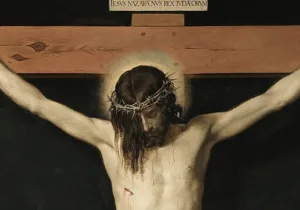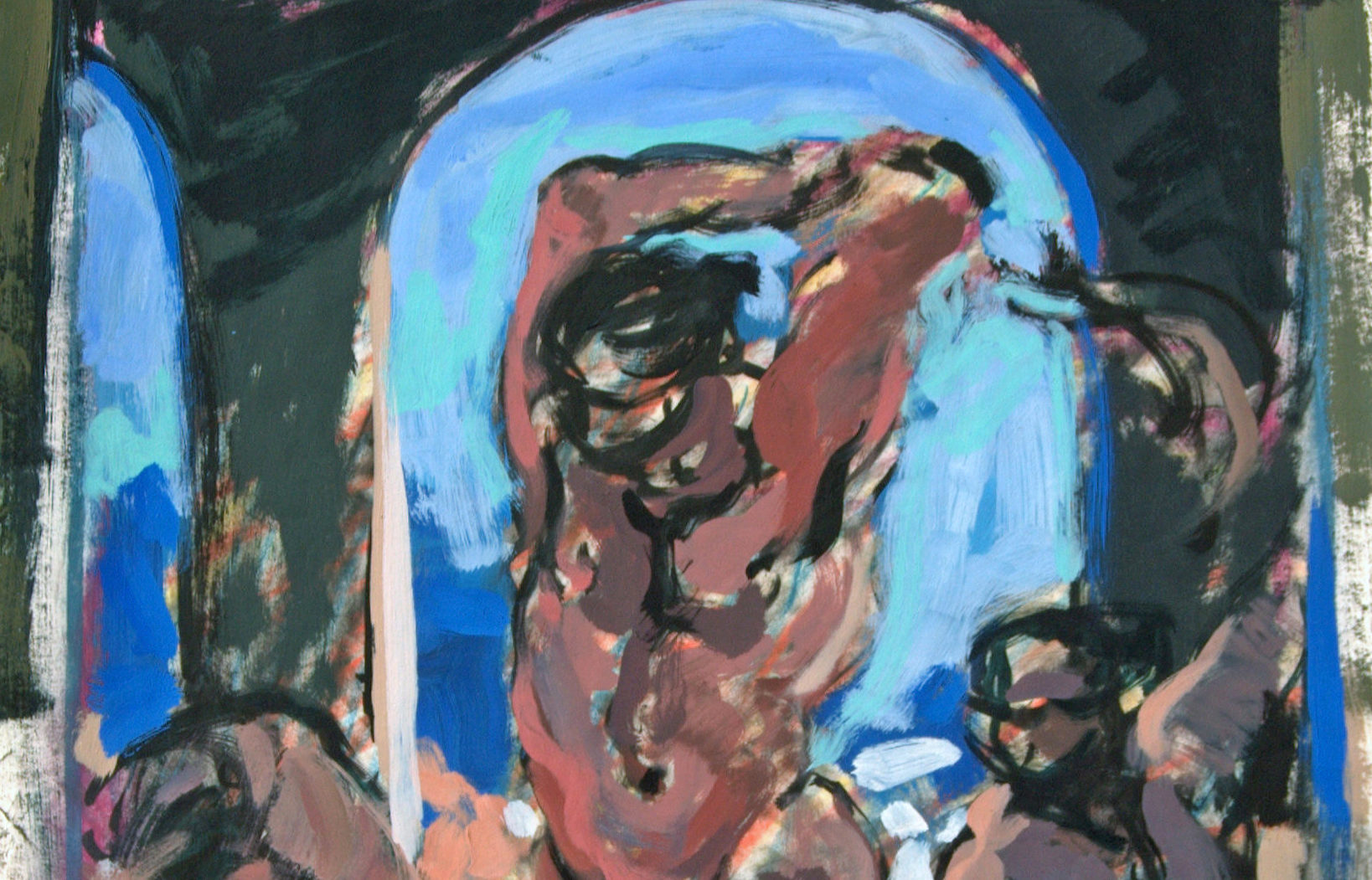One of the most moving poems ever penned is Lord Tennyson’s “In Memoriam: A.H.H.,” a lament for the death of his friend. The opening stanzas are jolting for not only their intensity of emotion but also for capturing so well a central impulse of Christian Realism: the greatness and sovereignty of God and our insignificance before this awesome divinity. Tennyson laments:
Our little systems have their day; They have their day and cease to be: They are but broken lights of thee, And thou, O Lord, art more than they.
In these lines Tennyson portrays our political and social life with transcendent elegance. The “little systems” of our own time, however complex and important, are in the final consideration nothing but “broken lights of thee.” They reflect, as in a glass darkly lit, the God whose glory and magnificence causes all those who encounter it to turn ghostly white and tremble with fear.
But that does not mean government, institutions, or the various layers of civil society are unimportant or expendable. In fact, they are vital and important, but in comparison to the Holy One of Israel, they are merely “little systems” that are fallible and incomplete at best.
In a series of posts I will write up over the following months, I will periodically elaborate on what I take to be the vision of Christian Realism. Of course this is no monolithic account since Christian Realism as captured by its three great patron saints—St. Augustine, Martin Luther, and Reinhold Niebuhr—was varied and complex. But they shared some features in common that I will attempt to explain and elucidate.
To walk in the shoes of these giants is daunting, so I do so only with fear and trembling but in light of recent happenings. For instance, Donald Trump’s impeachment trial and the accompanying Christian commentary have sparked furor. Considering such events, Protestants, and evangelicals more particularly, have a deep need for a Christian Realist perspective because they seem to engage in these debates in a rather ham-fisted fashion. Often they either blindly defend Trump by quoting verses about Cyrus from the Old Testament, or claim that supporting Trump, not the most upright of human beings, is idolatrous.
The Providence editors’ response to Mark Galli’s editorial about impeachment was most nuanced and insightful because it addressed the heart of the matter: both sides of this debate seem incapable of careful political judgment in light of historical Christian thinking. While Bible verses fly and moral denunciation reigns, evangelicals seemingly cannot think in light of history and tradition. This is both the great weakness and strength of the evangelical movement: The closeness to scripture keeps a segment, though surely not all, of evangelicals from straying too far from orthodoxy. Yet the focus on scripture seems too often to cloud out the history and tradition in which that sacred text has shaped societies or has been interpreted, debated, and systematized.
So what is Christian Realism? Let me venture an all too brief definition. Christian Realism has two aspects given its name. It is Christian, and it is realistic. Those are two big words can be interpreted in a variety of ways, but they do have specific meanings. Of course neither Luther nor Augustine used the term. Reinhold Niebuhr gave the proper name to this stance.
Christian Realism is Christian in the sense that it takes the biblical portrait of man, society, and the world as normative. This is a story about a God who creates, redeems, and will ultimately renew all of creation, including his children. God is the primary actor in this story, not mankind. Even when he is not speaking through his prophets or through his very incarnation, Jesus Christ, he is the main character.
The events playing out before our eyes are part of the drama of salvation, but our agency in this drama is limited by the God who reigns and governs all of creation. The truth of Christianity is also the truth for politics. It is public truth. But the interesting thing is Christianity has a strange relationship with political rulers, whether democratic or monarchic. It is not a political religion in the sense that it has a specific political form. It counsels justice and mercy. It proclaims a God who rules the nations. It has a message for rulers while also proclaiming that rule of another king and kingdom.
The realism in Christian Realism lies in the tension between the redemption and hope that the Gospel brings for a world ensnared in sin and cynicism, and the reality that sin and its effects are still pervasive and will continue to cripple and limit the possibilities for justice this side of paradise. In contrast to this realism, the social gospel, born in America, professed “a God without wrath brought men without sin into a Kingdom without judgment through the ministrations of a Christ without a Cross,” in the memorable words of H. Richard Niebuhr, Reinhold’s brother. Realism keeps the tension between the already and the not-yet that we are so prone, in our pride, to dismiss. Realism keeps our brokenness and our weakness before our eyes. It reminds us that we are creatures, and sinful creatures at that, who are wholly dependent on God for our own righteousness. It removes our pride and arrogance that seeks to make ourselves lords and rulers with no recognition of our limits. It reminds us that we are sinners who will always be sinners until we have been fully redeemed from our mortal bodies.
To be realistic is to know not only that others are not pure but also that we are not pure, as individuals or nations. The greatest danger comes not from ideologies that are cynical or overly realistic, but from those who desire to bring the kingdom of God to earth. These angels of light turn out to be the real demons.







 Live in the DC area? Sign-up for Providence's in-person events list!
Live in the DC area? Sign-up for Providence's in-person events list!